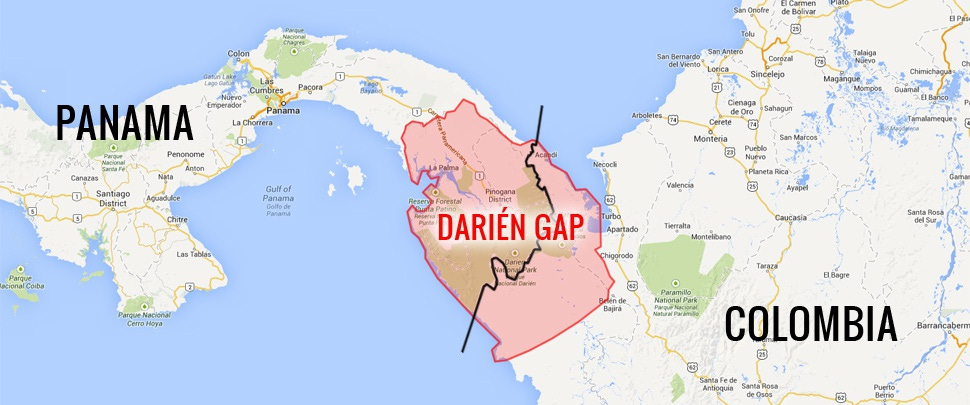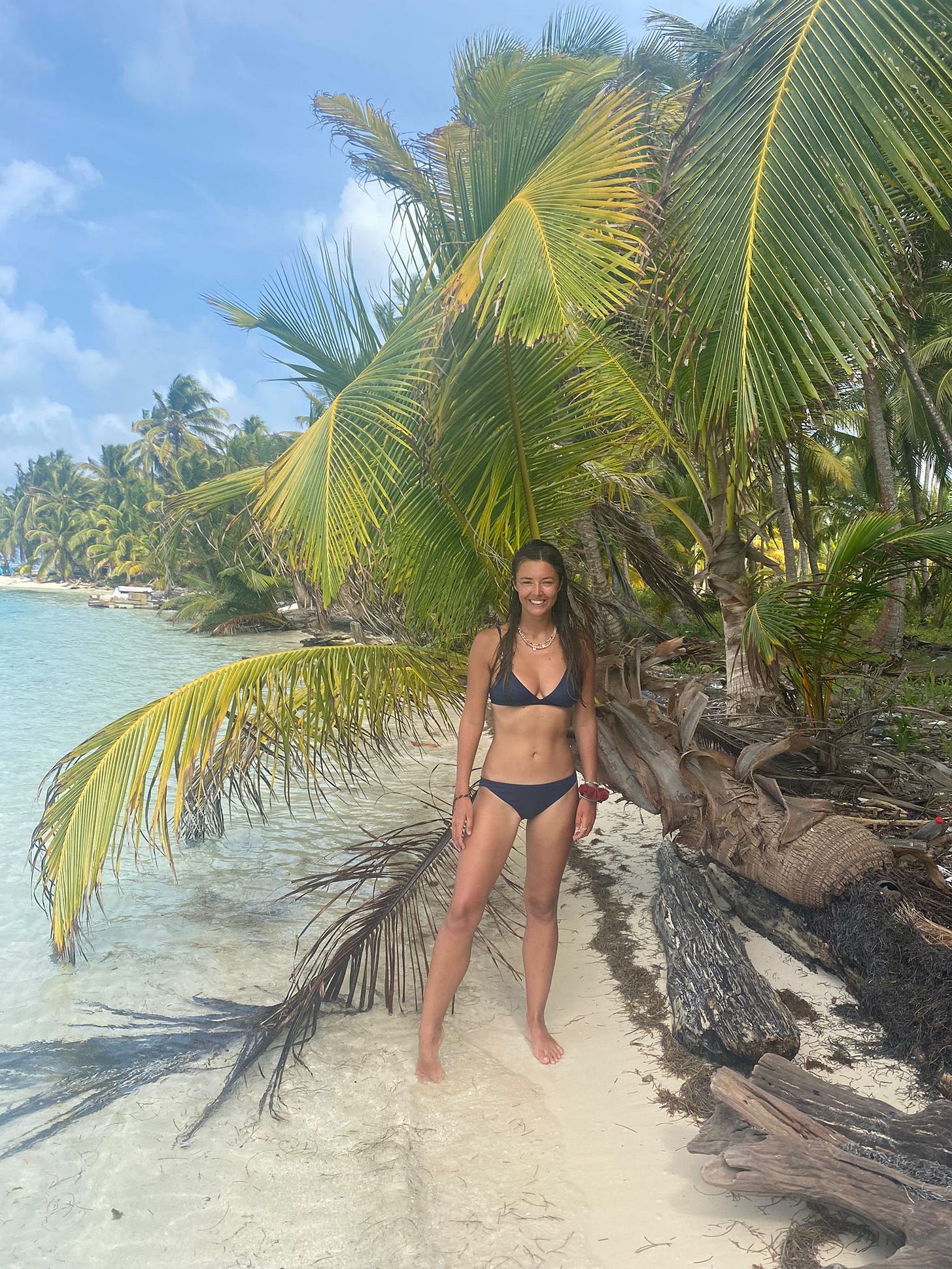A few days ago I finished sailing from Cartagena (Northern Colombia) to Panama. The trip took around 6 days. The first 28 hours were spent crashing through rough open seas; the next few days we drifted from one paradisiacal island to another. I loved the first day or so sailing through open waters. Battered by the elements and nothing to see on the horizon except waves and sunsets. I also loved the next leg where we could swim ashore to the San Blas archipelago, snorkel and sunbathe without the fear of being swept overboard.
It is (almost) impossible to travel overland from Colombia to Panama as there are no roads crossing the notorious Darian Gap, which means travellers have the choice of flying or sailing. The two countries have a tumultuous history; Panama declared independence from Colombia in 1903 following the brutal 1000 days war and in more recent years, narcoterrorism has ignited tensions between the neighbours.
The Darian Gap is a region in South Panama which borders Colombia and is the only way to cross overland from Central to South America. Geographically it consists of swamps, mountains and dense rainforests. Demographically, indigenous tribes, drug traffickers and guerilla warriors live there. It is known as a drug smuggling corridor and is strictly off-limits to travellers. According to the International Organisation of Migration, around 100,000 migrants (mainly from Haiti) crossed the gap in 2021 in an attempt to reach the U.S., Mexico or Canada. Many lost their lives along their way as they were struck down by flash floods, heavily armed guerrillas and difficult hiking conditions.
In contrast, the sea route is not all smooth sailing, but definitely worth braving the wild waves. Once the initial open water stretch was completed, we were rewarded with paradise. Think untouched islands, dolphins chasing the boat and sunsets which engulf the sky. We meandered through the San Blas islands and played volleyball against fellow boats, walked along deserted islands and ate freshly caught octopus.
The San Blas islands are inhabited by the Kuna people and each family owns an island, which can be as small as one hut and a few palm trees. They survive by fishing and selling handicrafts to tourists. Around 50,000 Kuna people inhabit the thousands of islands making up the archipelago. Officially, the islands are part of Panama, but are administered as a “country within a country,” and lead by the Kuna themselves. Each island has its own chief, called a Sahila, who is elected for life and decides upon community matters like marriage and trade.
Overall, the islands were among the most beautiful I have ever seen and the whole sailing experience is one I will remember extremely fondly. Sitting on the boat and feeling the morning Carribbean sun on my face, swimming in the turquoise waters and dancing in the moonlight with the other travellers was simply amazing.
Happy sailing,
Lara






